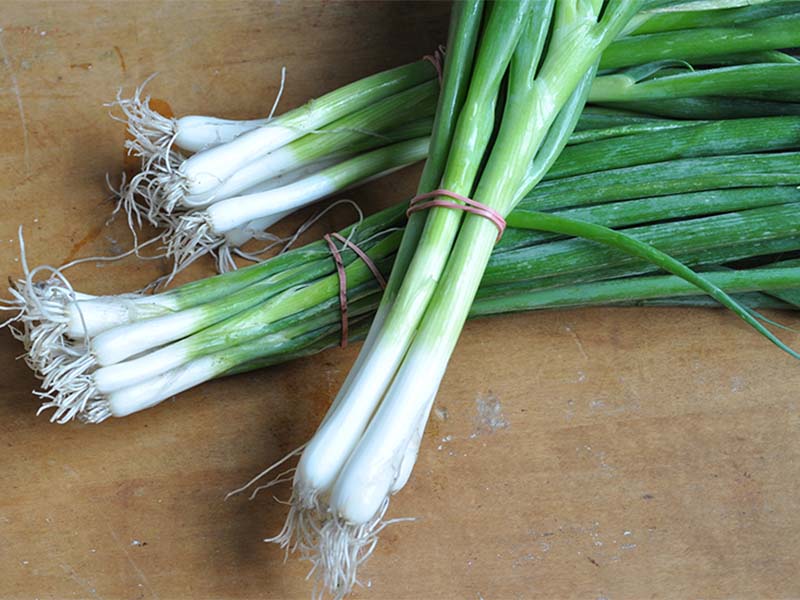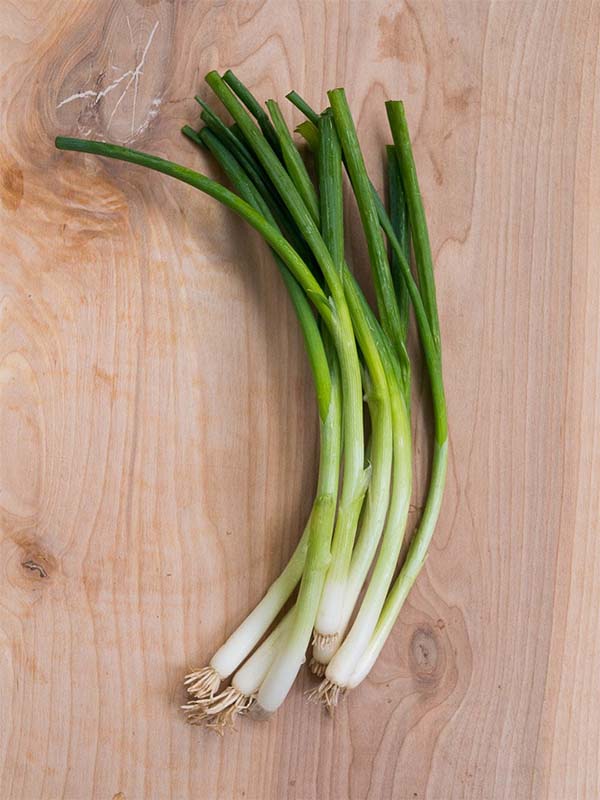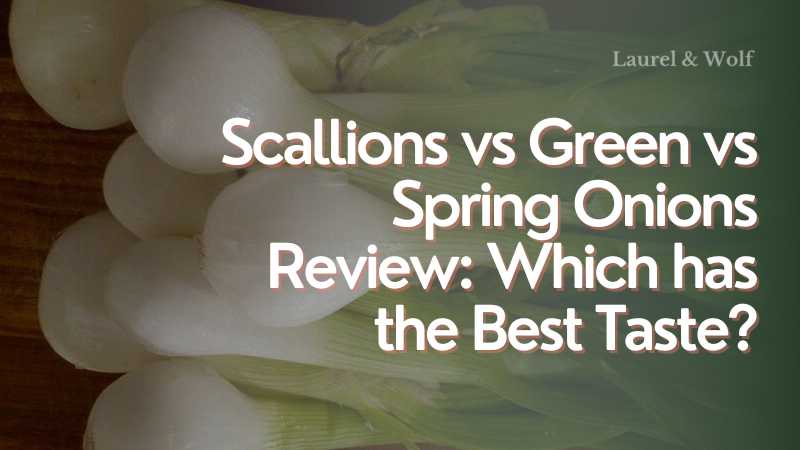If you've ever stood in the produce aisle wondering if scallions, green onions, and spring onions are just different names for the same thing, you’re not alone. They look alike, but each has its own flavor, texture, and best use. Let’s clear things up.
Scallions Onions Review

What They Look Like
Long, thin, with a white base that never quite turns into a bulb.
How They Taste
Mild but with a little bite. Less sharp than a regular onion but still noticeable.
Best Uses
Toss them in salads, sprinkle them over finished dishes, or use them in Asian cooking. Just don’t overcook them—too much heat and their flavor disappears.
The Good
Grows year-round
Works as a chive substitute
Adds freshness to dishes
The Bad
Wilts and turns yellow fast
Green Onions Review

What They Look Like
Basically scallions, but with a slightly swollen white base (which some people mistake for a baby onion bulb).
How They Taste
A little stronger than scallions, kind of like a mild chive.
Best Uses
Great raw in salads, baked potatoes, or anything creamy. If you cook them, they mellow out. They’re also packed with fiber, which helps with digestion.
The Good
Adds a pop of flavor to creamy dishes
Available early in the season
Has some solid health benefits
The Bad
Can be pricey compared to scallions
Spring Onions Review

What They Look Like
More developed, with an actual round bulb at the base. The grown-up version of green onions.
How They Taste
Much stronger than the other two—spicy, peppery, and bold.
Best Uses
Cook them to tone down their intensity, or eat them raw if you like that extra kick. They’re full of nutrients and may even help fight off bacteria like salmonella.
The Good
Packed with vitamins and antioxidants
Adds depth to cooked dishes
Can boost immune health
The Bad
A bit too strong for some people
So, Which One Should You Use?
It depends! Green onions are the most common and versatile. If you want something mild, go with scallions. If you love bold flavors and extra nutrients, spring onions are the way to go.
Final Thoughts
These three aren’t actually different onion types—they’re just harvested at different stages. Their flavors and textures change as they grow, which is why they work differently in recipes. Pick the one that fits your dish (or just grab whatever’s in your fridge).
